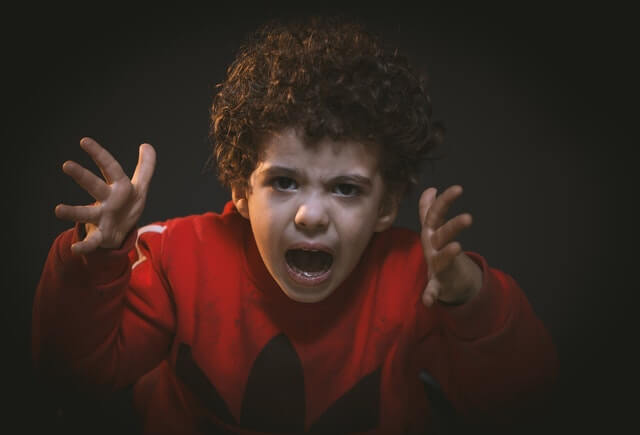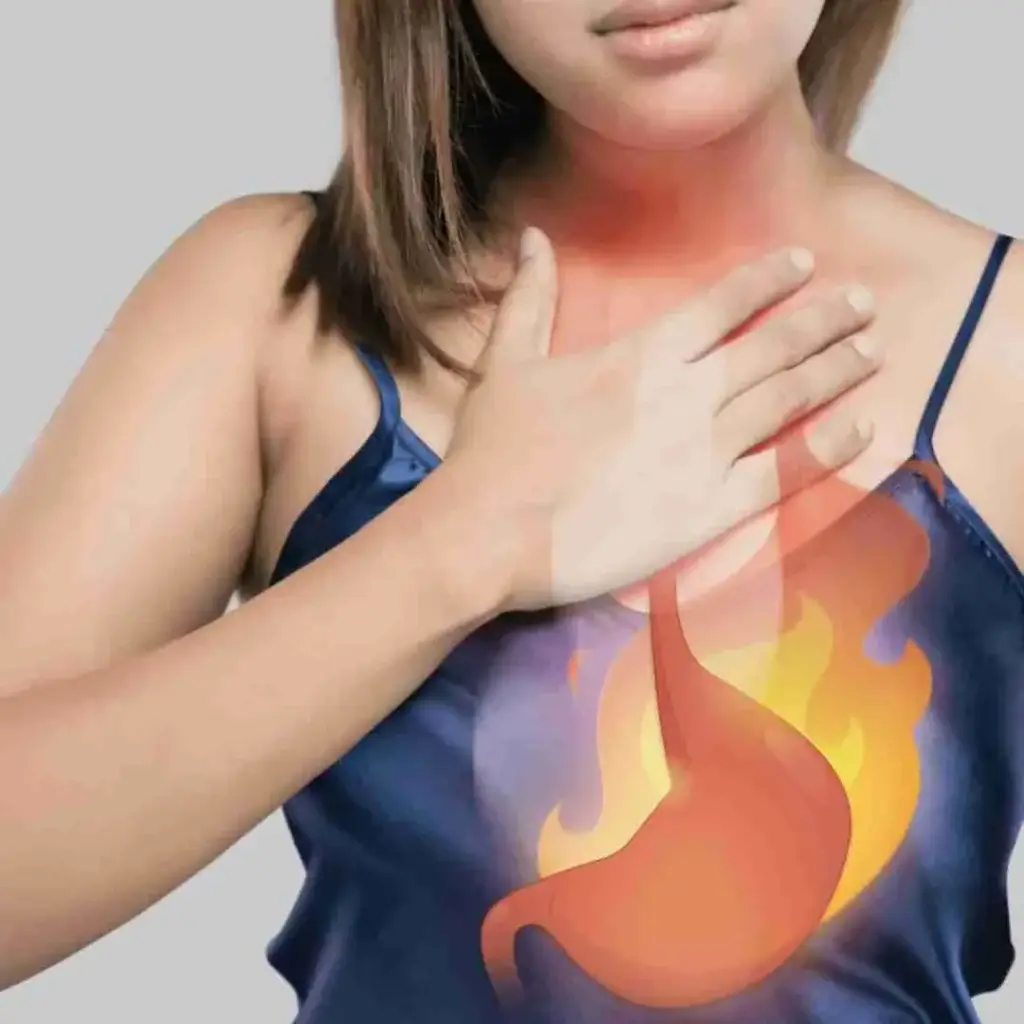Like adults, some children may be genetically predisposed to migraines. The diagnosis of migraines in childhood can be tricky, as children may have a hard time verbalizing their symptoms. If your child suffers from headaches, here is what your pediatrician will likely ask you based on criteria from the International Classification of Headache Disorder (ICHD-II): Frequency: How many headache attacks has your child had? (Five are required for a diagnosis of migraine without aura, the most common form of migraine in children).
Duration: How long do your child’s headaches last? In children, migraines may last from 1-72 hours.
Characteristics: How would your child describe her headache?
• Location: Is the headache unilateral or bilateral (bilateral is more common in young children)?
• Quality: Is the pain pulsating or throbbing?
• Intensity: How severe is the pain? Your pediatrician may use a picture pain scale.
Associated Symptoms: Does your child have any associated symptoms?
• Nausea/Vomiting
• Photophobia or phonophobia: This can be inferred by the child’s behavior such as choosing to stay in a dark, quiet room.
Rule Out Other Causes: Your doctor will want to make sure that your child’s symptoms are not explained by another medical condition.
Is There a Link Between Migraines in Children and Behavior?
A study of over 1,800 Brazilian children ages 5 to 11 found that children who suffer from headaches are more likely to also have behavioral issues such as problems with attention, socialization, depression, and anxiety. In this study, mothers of the children completed a 14-question module which assessed whether their child met the criteria for having headaches (either migraine o tension-type headache) according to the classification criteria of the second edition of the International Classification of Headache Disorder (ICHD-II).
Mothers also filled out a questionnaire called the Child Behavior Checklist (CBCL), which rates a child on various behavioral and emotional issues. Eight symptom scales were examined, including:
• Withdrawn
• Somatic complaints (physical complaints without medical explanation)
• Anxious/Depressed
• Social problems
• Thought problems
• Attention problems
• Rule-breaking behavior
• Aggressive behavior
Results showed that children with headache, both migraines and tension-type headaches, were more likely than their peers without headaches to have problems with attention, socialization, and anxiety/depression. In addition, children with headaches had more somatic complaints and engaged in more internalizing behaviors or behaviors directed towards themselves than children without headaches. Overall, children with tension-type headaches were less severely impacted than their peers with migraines.
What Do These Results Mean?
Remember that a link between psychological or behavioral issues and headaches does not mean that one causes the other. The big picture to take away from this study is that headaches in children can negatively impact their daily functioning.
What Can I Do?
If you suspect that your child is suffering from headaches, discuss your concerns with your pediatrician. If your child continues to have headaches despite medical therapy, seeing a pediatric neurologist may be helpful. Being aware of the association between your child’s headaches and her emotional health will only make you a more informed and proactive parent.
Sources:
Abu-Arefeh I, Russell G. “Prevalence of headache and migraine in schoolchildren.” BMJ. 1994 Sep 24;309(6957):765-9.
Arruda MA, Bigal ME. “Behavioral and emotional symptoms and primary headaches in children: a population-based study.” Cephalalgia. 2012 Nov;32(15):1093-100.
Barnes NP. Migraine headache in children. Clin Evid (Online). Apr 11;2011:0318.
Headache Classification Subcommittee of the International Headache Society. “The International Classification of Headache Disorders: 2nd Edition”. Cephalalgia 2004;24 Suppl 1:9-160.



